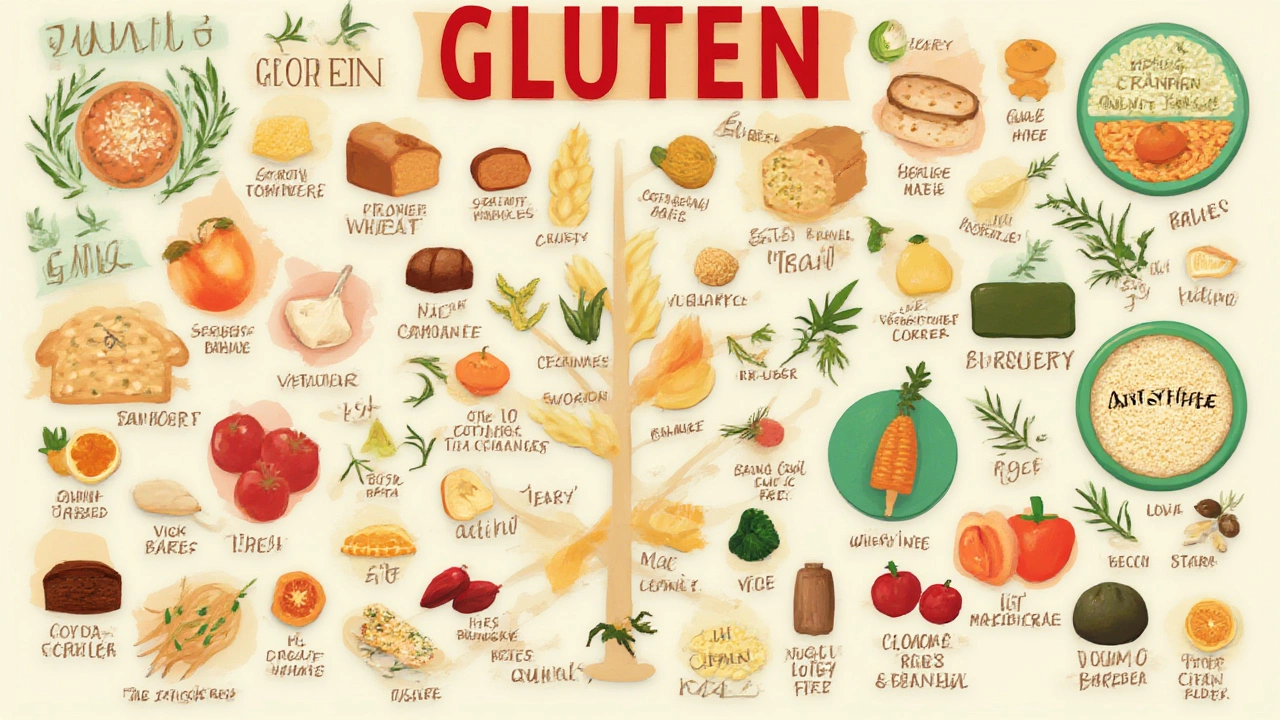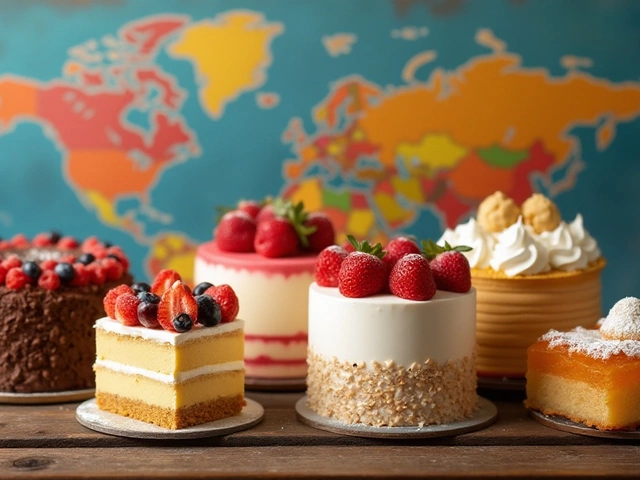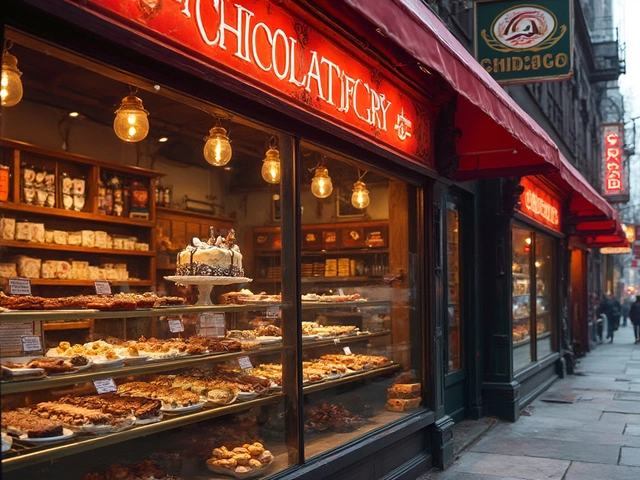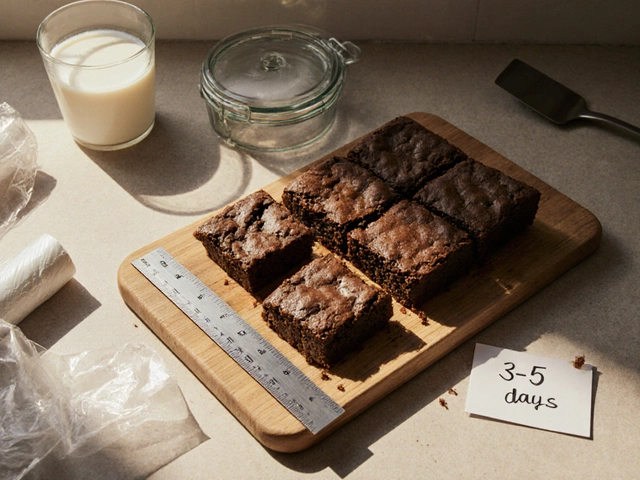Gluten Content Explained – A Practical Guide for Home Bakers
Gluten is the protein duo—gliadin and glutenin—that gives wheat, barley and rye their stretchy texture. If you’re avoiding it, you need to know where it hides and how much is safe to eat. Below you’ll find the most common sources of gluten, quick ways to check labels, and easy swaps that keep your cakes, brownies and fudge fluffy without the wheat.
Where Gluten Shows Up in Everyday Sweet Treats
Most people think gluten only lives in bread, but it’s also in many dessert staples. Classic sponge cake, brownies made with regular flour, and even some fudge recipes call for a splash of wheat flour to bind ingredients. Even if a recipe says “flour” without specifying, assume it’s wheat unless the author notes otherwise. Processed sweets like store‑bought cookies, candy bars and some coffee‑flavored cakes often contain hidden wheat starch or malt flavoring, both gluten sources.
If you’re scrolling through our tag page, you’ll notice posts like “Gluten‑Free Cakes Sink” and “Why Gluten‑Free Cakes Are So Dense.” Those articles dive into the science behind texture loss when you remove gluten. The key takeaway: gluten provides structure, so you’ll need a combination of gluten‑free flours (rice, almond, oat) and binders (xanthan gum, psyllium husk) to mimic that stretch.
How to Spot Gluten and Keep Cross‑Contamination at Bay
Read ingredient lists like you’d read a text message—quickly but carefully. Look for wheat, barley, rye, spelt, kamut, triticale, malt, and any “flour” that isn’t labeled “gluten‑free.” Some brands hide gluten under “stabilizer” or “flavoring,” so a simple Google of the ingredient can save you a headache.
Cross‑contamination is the sneaky cousin of hidden gluten. If you bake a regular cake on the same tray that held a gluten‑free loaf, crumbs can transfer. Use separate utensils, bowls, and even a dedicated oven rack if possible. A quick tip: line your pans with parchment paper—this adds a barrier and makes clean‑up easier.
For those who love fudge, the good news is most fudge recipes are naturally gluten‑free because they rely on sugar, butter, chocolate and cream. Just double‑check any added flavorings or thickeners; some candy melts contain wheat starch.
When you’re in doubt, go for certified gluten‑free products. The certification seal means the item contains less than 20 ppm of gluten, the threshold most health agencies consider safe.
Putting these habits into practice lets you enjoy desserts without worrying about accidental gluten intake. Whether you’re baking a birthday cake alternative or tweaking a classic brownie, a few mindful swaps keep the texture right and the ingredient list clean.
Ready to experiment? Start with a simple gluten‑free chocolate cake using a 1‑to‑1 rice flour blend, add a teaspoon of xanthan gum, and watch the batter rise just like the original. Your friends will think you’re a pro, and you’ll have peace of mind knowing every bite is safe.

What Foods Are Highest in Gluten? Surprising Sources and Facts
Delve into what foods are truly high in gluten, which grains and products sneak it in, and learn real tips for navigating your diet, with facts and tables for easy understanding.
View More




